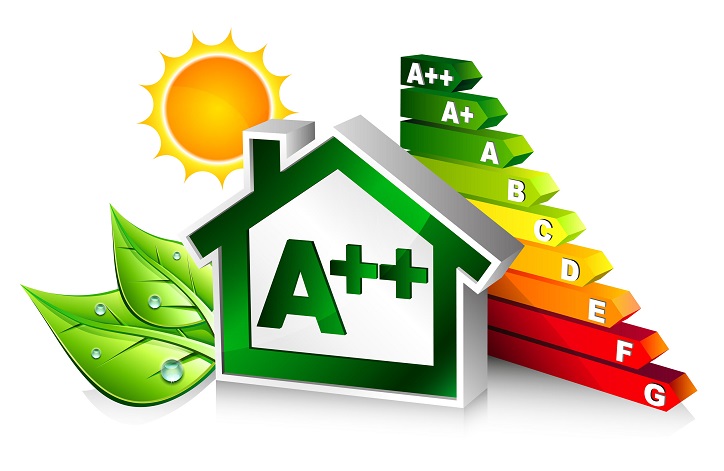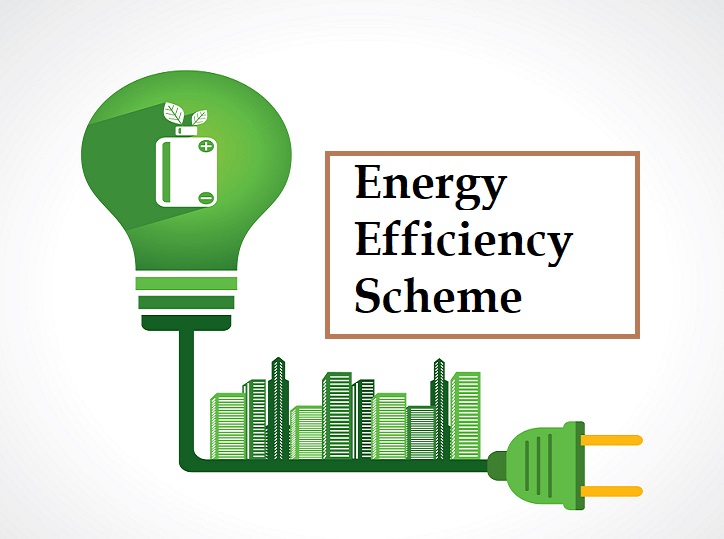The Future Targets of Australia's Energy Efficiency Scheme

Do you ever wonder how much electricity Australia consumes every year?
A significant amount of total energy consumption comes from electric power to the tune of 229.40 billion kWh per year. When this startling number is divided per capita, we see an average of 9,179 kWh. This is massive!
Consuming too much energy is undoubtedly bad for our environment. Burning fossil fuels, emitting tons of CO2 in the atmosphere and depleting natural resources all contribute to global warming.
So what are some ways to minimise energy usage in your households? Assessing the energy rating of your house when you are looking to make your home more eco-friendly is a great way to reduce energy costs. That said, you can also contribute to reducing energy usage and help to keep our environment safe.
What does energy rating mean?
Energy rating refers to the energy rating label, an energy-efficient assessment system that is helpful to calculate the energy consumption of your building. It helps you to understand how much energy your household is consuming in order to make it energy efficient. For instance, the energy rating can assess the electricity used by your electronics and appliances.
The energy rating scales from 1 to 10; the more stars your house has, the more energy-efficient it will be.
A glimpse at the energy rating level

The concept of the energy rating level was first proposed by the New South Wales and Victorian Governments in the late 1970s for two major appliances; refrigerators and freezers. Labelling became mandatory for these two appliances in NSW in 1986 and Victoria in 1987. Later other appliances such as air conditioners, dishwashers, clothes dryers and washers were added to the list, resulting in the introduction of energy rating labels (ERL) in South Australia in 1991 with the aim to give a comparative assessment of a model’s energy efficiency and to estimate the energy consumption of the appliances based on tested energy consumption.
Since 2002, New Zealand has been working closely with Australia to establish and improve the energy labels and standards by incorporating similar testing procedures, comparative labelling and MEPS requirements. Since the new energy star scheme was introduced, it has played a significant role in reducing greenhouse gas emissions as well as encouraging consumers to use as little energy as possible.
Benefits of the energy rating level
Since its introduction, the energy rating level (ERL) is contributing significantly to the reduction in greenhouse gas emissions and decreased energy usage. Whether you are constructing a new home or planning extensions or alterations, the benefits of energy-rating level assessment are many.
Energy efficiency also means using less energy. Using less energy in your building means lower energy bills.
Let us not forget that having an energy-efficient house means you are leaving a smaller carbon footprint and reducing greenhouse gas emissions, and in that way, you are protecting the environment.
Lastly, you will contribute to a competitive energy market by reducing energy usage, which can help to manage energy demand efficiently.
The future of the energy-efficiency scheme

So, which are the next action plans the Australian government has to support the energy-efficient project? To promote energy efficiency and to improve energy productivity, the government is working on establishing various standards, programs and practices. Have a look:
The COAG Energy Council, a ministerial forum works to deliver secure, reliable and affordable energy to reduce emissions by working on national energy and resources reform. The council has agreed on some measures (e.g. reducing energy costs, lowering energy bills for households, reducing greenhouse emissions etc.) what a target to improve Australia’s energy productivity by 40% between 2015 and 2030.
A large portion of energy consumption is generated from household appliances every year; about 30% of the total residential energy consumption even before adding an extra 12%, for lighting. So what are the plans in action so far to reduce appliances’ energy usage?
Energy Rating Labels, mostly applicable to appliances that use electricity, have been developed to increase energy efficiency and to reduce electricity bills. For air conditioning, there is another rating label called the Zoned Energy Rating Label which is introduced in March 2019 to provide useful information when buying an air conditioner to ensure its operation is energy efficient.
Meanwhile, the equipment energy-efficient program - also known as the E3 program - is another cross-jurisdictional program developed by the Australian Government, with the collaboration of the New Zealand Government to deliver energy efficiency solutions for equipment and appliances.
The Australian government provides a broad range of informational resources to help people minimise their fuel costs, reduce carbon emissions and pollution, lower vehicle emissions and improve vehicle efficiency.
The National Construction Code supports building construction by dealing with energy efficiency provisions. Another national program called the Commercial Building Disclosure Program (CBD) works to provide energy efficiency information for the sellers and buyer of big commercial offices. This program is also aiming to improve the energy efficiency of Australia’s larger office buildings.
The Australian government is aiming to achieve 50% renewable energy and cut emissions by 45% by 2030. It’s a great idea to have your house assessed by energy rating as not only will it have a positive impact on the environment but could also lower your costs allowing you to live in a more comfortable, more energy-efficient home.


